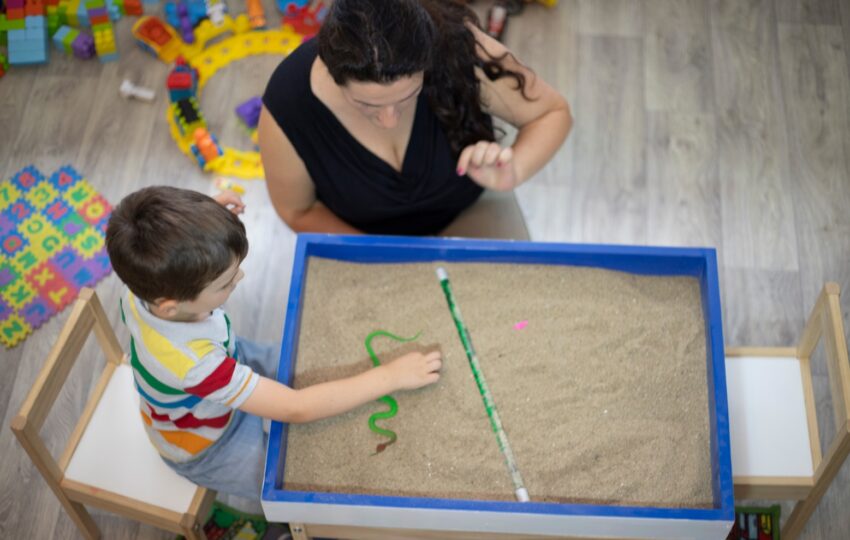Play therapy is a primary mode of treatment for children with autism spectrum disorders (ASD) and pervasive developmental disorders (PDD). It utilizes the natural communication style of children, which is through play, to help them explore their feelings, develop social skills, and improve overall well-being.
This therapy is based on the pioneering work of Anna Freud in the early 1900s, who recognized the significance of play in understanding and addressing children’s emotional needs.

Role of Play Therapy in Autism
Children with autism often face challenges in communication, social interaction, and behavior. Play therapy provides a safe and structured environment for them to express themselves, learn new skills, and build relationships. It can be particularly effective for children on the autism spectrum due to their natural inclination towards play as a means of communication.
By engaging in play therapy, children with autism can develop crucial skills such as emotional expression, social interaction, turn-taking, and problem-solving. It provides a therapeutic space where they can explore their strengths, build self-esteem, and develop coping strategies.
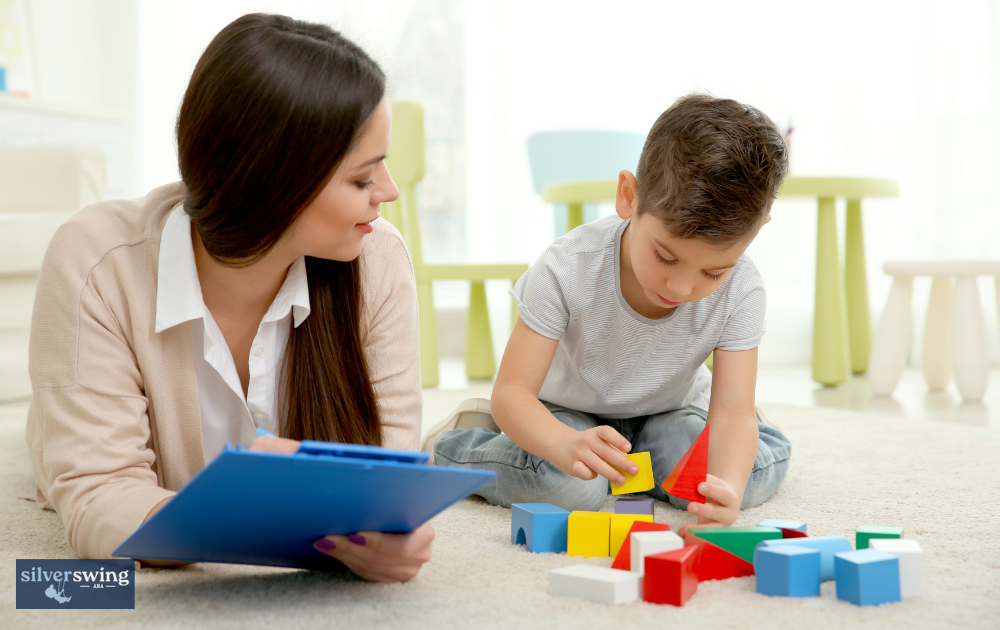
Types of Play Therapy Techniques
There are two main types of techniques that are commonly used during play therapy. Each approach has its own unique characteristics and benefits, catering to the specific needs of children with autism.
Let’s look at each of them.
Directive Play Therapy
Directive play therapy involves therapists taking an active role in guiding and initiating specific types of play with the child. This approach is especially useful for children who may have difficulty initiating play or engaging in certain behaviors. Through directive play therapy, therapists provide structure and guidance to help children relearn or change troubling behaviors.
During directive play therapy sessions, therapists may introduce specific play activities or materials that target the child’s specific goals.
For example, if a child struggles with social interactions, the therapist may incorporate pretend play scenarios that focus on developing communication and social skills. The therapist actively engages with the child, providing prompts and support to facilitate the desired outcomes.
The goal of directive play therapy is to help children with autism learn new skills, improve their emotional regulation, and enhance their overall development. By providing a structured and guided approach, therapists can help children build a foundation for positive growth.
Non-Directive Play Therapy
Non-directive play therapy, also known as child-centered play therapy, allows the child to take the lead and communicate their thoughts and feelings through play without direct input or guidance from others. This approach provides a safe and supportive environment for children with autism to express themselves and explore their emotions at their own pace.
In non-directive play therapy, the therapist creates a nurturing and accepting space where the child is free to engage in play activities of their choice. The therapist observes and interacts with the child, offering empathy, understanding, and support without imposing any specific goals or expectations.
This approach is particularly beneficial for children with autism who may struggle with expressing themselves verbally or have difficulty with social interactions. By allowing the child to freely explore and engage in play, non-directive play therapy can help improve emotional well-being, promote self-expression, and enhance the child’s overall self-confidence.
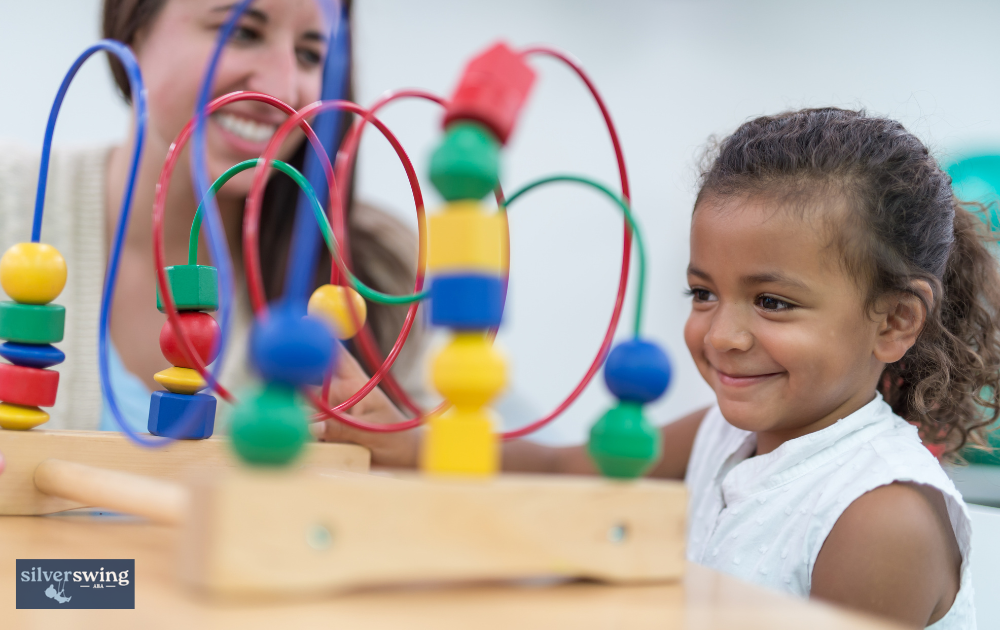
Key Play Therapy Interventions
Similar to occupational therapy, play therapy interventions are an integral part of supporting individuals with autism. These interventions aim to enhance communication, social skills, and overall development through engaging and interactive play. In this section, we will explore three key play therapy interventions.
Floortime Therapy
Floortime Therapy, developed by Dr. Stanley Greenspan and colleagues, focuses on building a strong relationship between children with autism and their parents or caregivers.
This intervention involves spending dedicated playtime on the floor, where the child takes the lead in directing the play activities. Floortime Therapy is structured around six milestones, including self-calming, two-way communication, and creating complex gestures.
The goal of Floortime Therapy is to address communication and social delays in autism by focusing on sensory triggers and helping children with autism socially “catch-up.” By engaging in child-led play and following the child’s interests, parents or caregivers can foster emotional connections, enhance communication skills, and promote social interactions.
The PLAY Project
The PLAY Project, founded by Dr. Richard Soloman, is an evidence-based developmental intervention designed for families with young children on the autism spectrum. This intervention focuses on developing various skills, including self-regulation, intimacy with others, two-way communication, complex language and communication skills, and emotional thinking.
The PLAY Project utilizes a comprehensive approach that involves trained professionals working closely with families. Through play-based interactions and coaching, parents or caregivers learn strategies to engage and connect with their child on the autism spectrum. The goal is to promote positive relationships, enhance communication, and support overall development in a natural and playful setting.
Integrated Play Groups
Integrated Play Groups (IPGs) offer a unique approach to play therapy for individuals with autism. These groups focus on collaborative play experiences with neurotypical peers rather than therapist-directed activities with other children on the autism spectrum. By participating in integrated play, individuals with autism have the opportunity to develop and practice social, communication, pretend play, and self-regulation skills.
In Integrated Play Groups, trained facilitators create a supportive environment where children with autism and their neurotypical peers can engage in meaningful play interactions.
This approach encourages social engagement, fosters friendships, and helps individuals with autism learn important social skills through natural and inclusive play experiences.
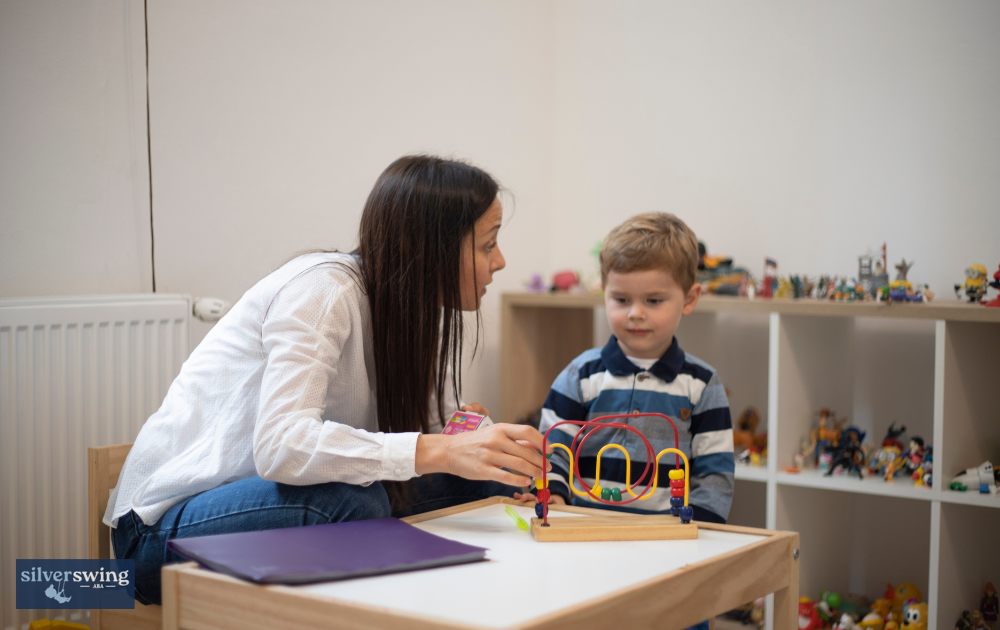
Supporting Development Through Play Therapy
Play therapy is a valuable approach within the field of early intervention for children with autism. It provides a child-centered and engaging environment where therapeutic goals are pursued through play. Play therapy techniques can help children with autism develop important skills in various areas, including communication, social interaction, emotional regulation, and problem-solving.
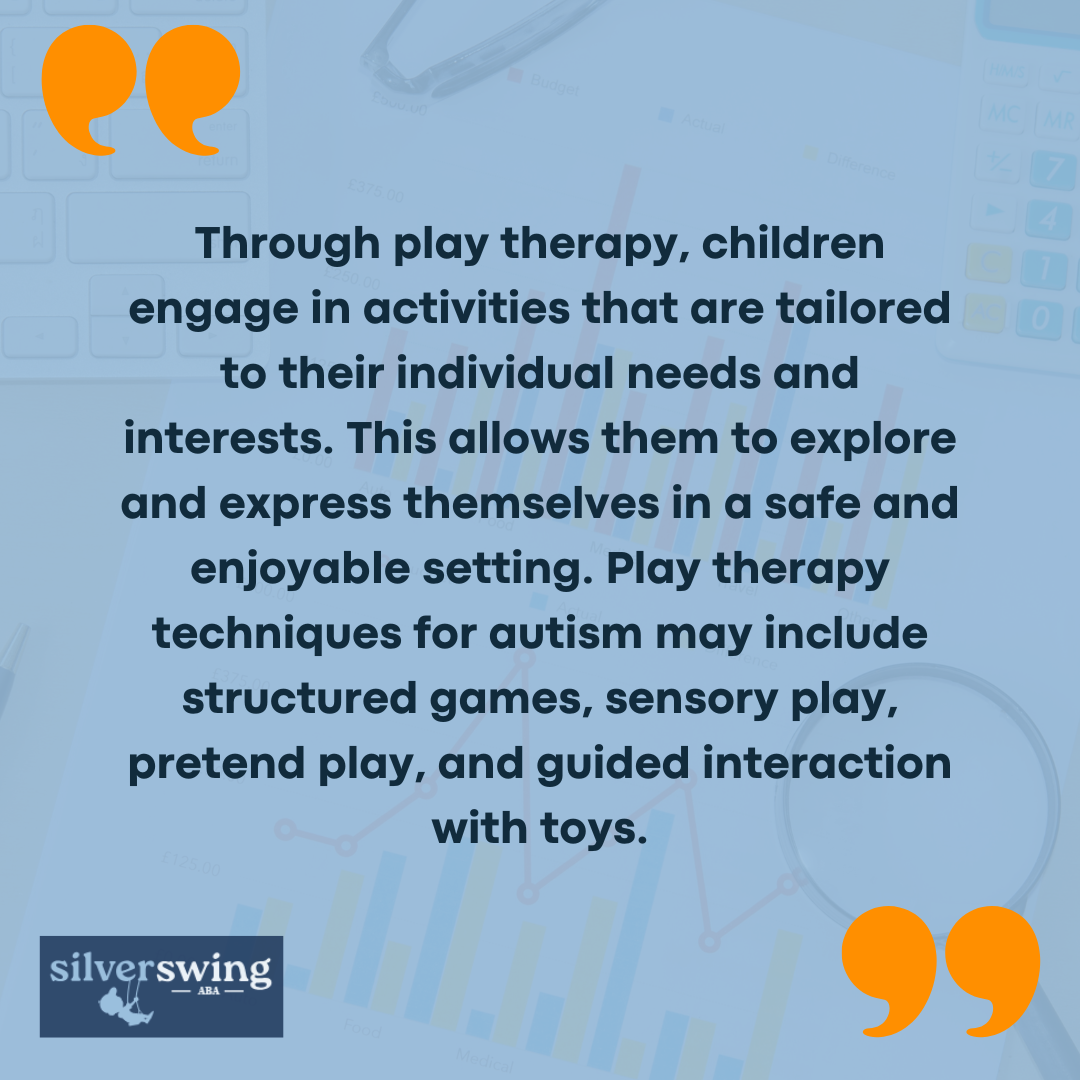
By incorporating play therapy into early intervention programs, therapists and caregivers can create opportunities for children with autism to learn and practice essential skills in a natural and enjoyable way. It promotes engagement, motivation, and active participation, making it an effective approach to support their development.

